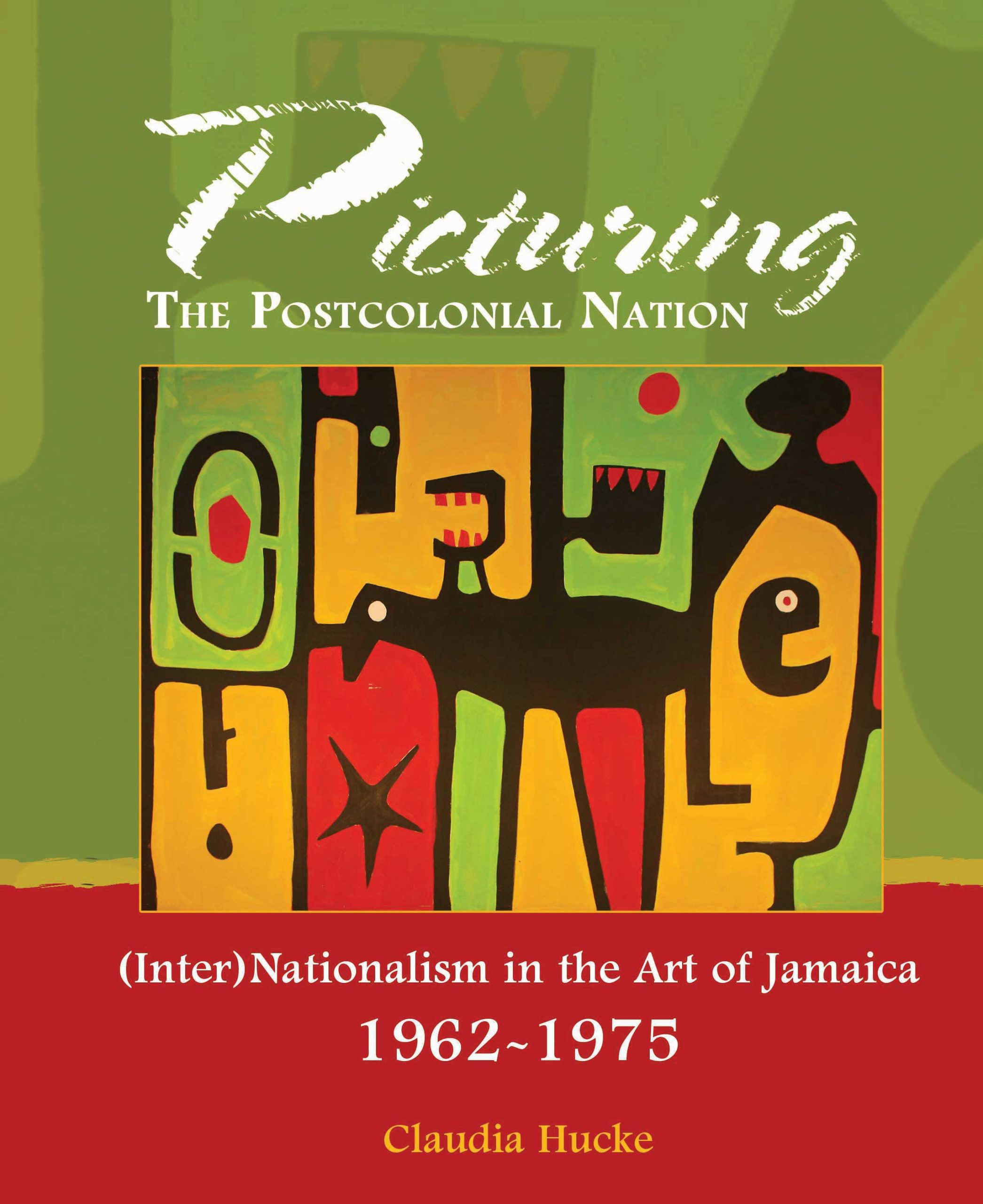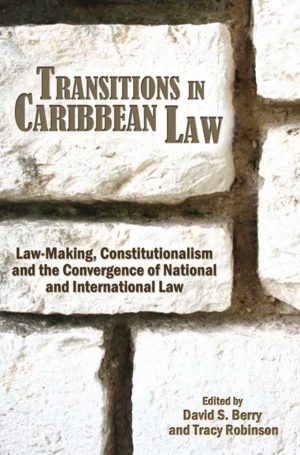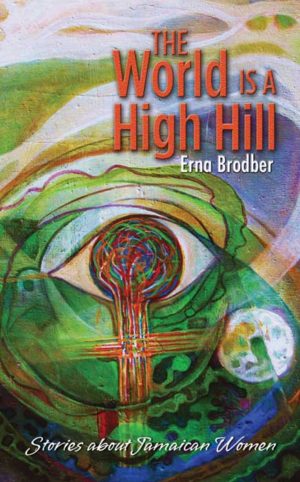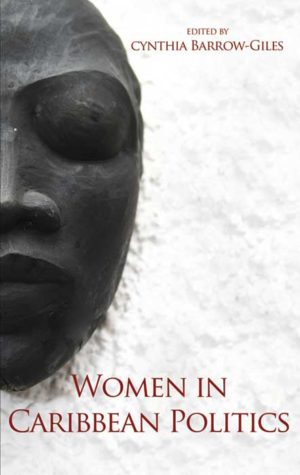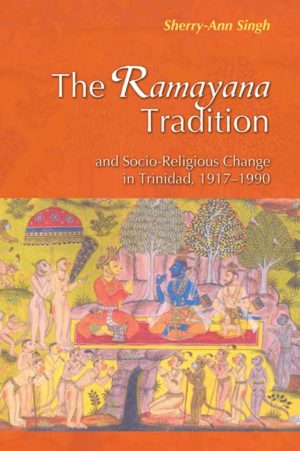Description
In post-independent Jamaica, a period marked by significant social, political and cultural shifts, art played a vital role in establishing an identity for a hybrid nation at the dawn of its self-discovery. Picturing the Postcolonial Nation: (Inter) Nationalism in the Art of Jamaica 1962−1975 examines the relationship between art and nation-building, highlighting the varied ways art was used to not only define Jamaica but to promote and brand a Jamaica that was as innovative, rich and changing as art itself.
Claudia Hucke’s detailed tour of Jamaican art during this transformative period shows the challenges faced in branding the new nation. Creative artistic expression and individuality were criticised for misrepresenting the nation at home and abroad but especially during travelling exhibitions that were supposed to affirm Jamaica as a cultural exporter of folk art. However, through the Contemporary Artists’ Association (CJAA) founded by artists Eugene Hyde, Karl Parboosingh and Barrington Watson, those charged with branding an image of Jamaica began to craft one worthy of the hybrid nation through a synthesis of the colonial with the postcolonial, folk with modern, and the international with national art.


